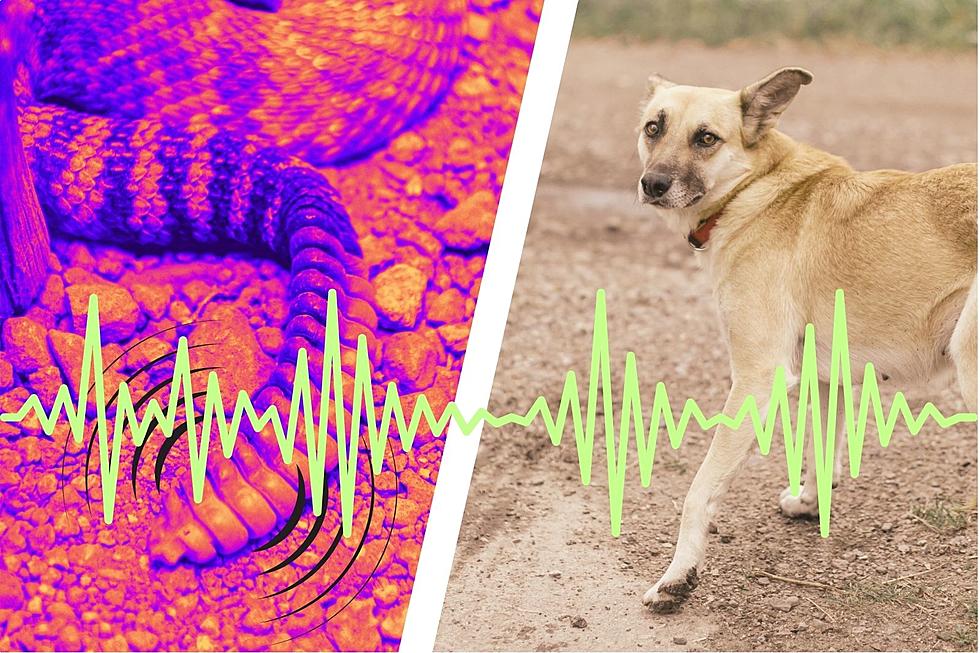
Arizona’s Snakes are Waking Up: What You Need to Know
The weather is warming, the flowers are blooming, and the snakes are waking. It's that time of year again. When the critters who slither and crawl begin to wake up and search out food and a little romance.
In Arizona, that means snakes. Nope ropes. Slither critters. It's time to watch where you step and make sure your family and pets are safe from unwanted reptile encounters.
Venomous Snakes in Arizona
The website SnakesForPets.com reports there are at least 15 different species of rattlesnakes and eight varieties of venomous coral snakes in Arizona. The deadliest snakes are western coral snakes, which are a different species than those found in Texas and on the east coast.
Coral snake venom is as deadly as a rattlesnake bite. "Naturally, some snakes are more venomous than others," the site reports. "The western diamondback rattlesnake, for example, is exceptionally dangerous."
There are also eight other snake species with reasonably potent venom. The Southwestern Blackhead Snake and the Banded Burrowing Snake, to name a few.
Wakey, Wakey, Little Snakey
Snakes don't follow the same pattern in Arizona that you'd find in other, cooler states. In colder climates, snakes brumate from the late fall to the spring.
"Brumation is a low-energy state that snakes go into over the winter. It’s similar to hibernation, except snakes don’t go into a deep sleep," the Snakes for Pets website reports.
The Active Snake
Snakes are pretty active in the spring which is snake mating season. Due to the higher summer temperatures in Arizona, snakes usually take cover during the heat of the summer day, becoming more active during the cooler nights.
Seasonally, snakes are the most mobile during the cooler fall months. Depending on the species, some snakes are more active during the night, while some prefer daylight hours. There are even some who are crepuscular, most active during either dawn or dusk, when it’s light enough to see, but not too hot to move.
Snake Safety
Snakes don't set out to pick a fight. Most reptiles bite aggressively to defend themselves. Arizona is rife with snakes - but that doesn't mean humans, animals and snakes can't coexist peacefully.
Snakes are an important part of the ecosystem in Arizona, keeping pests and rodent populations down. Many species of snakes are harmless, so a little research and advance planning can help keep you safe.
Hiking
If you're planning to hike, be sure to wear long pants. It's tempting to wear shorts as the weather warms up, but thick leggings and boots that extend to your ankles can help keep you from getting bitten on the lower legs.
Don't got off trail through long, thick grass or undergrowth, where snakes are likely to hide. Stick to well-worn paths and hiking trails.
At Home and Around Businesses
Around your home and business, try to keep outdoor piles such as wood and weeds clear, especially around buildings and horse enclosures. Snakes like to hang out in shady, secluded areas. Snakes are solitary, but they tend to move in clusters or groups. If you see one snake, you're likely to see more.

